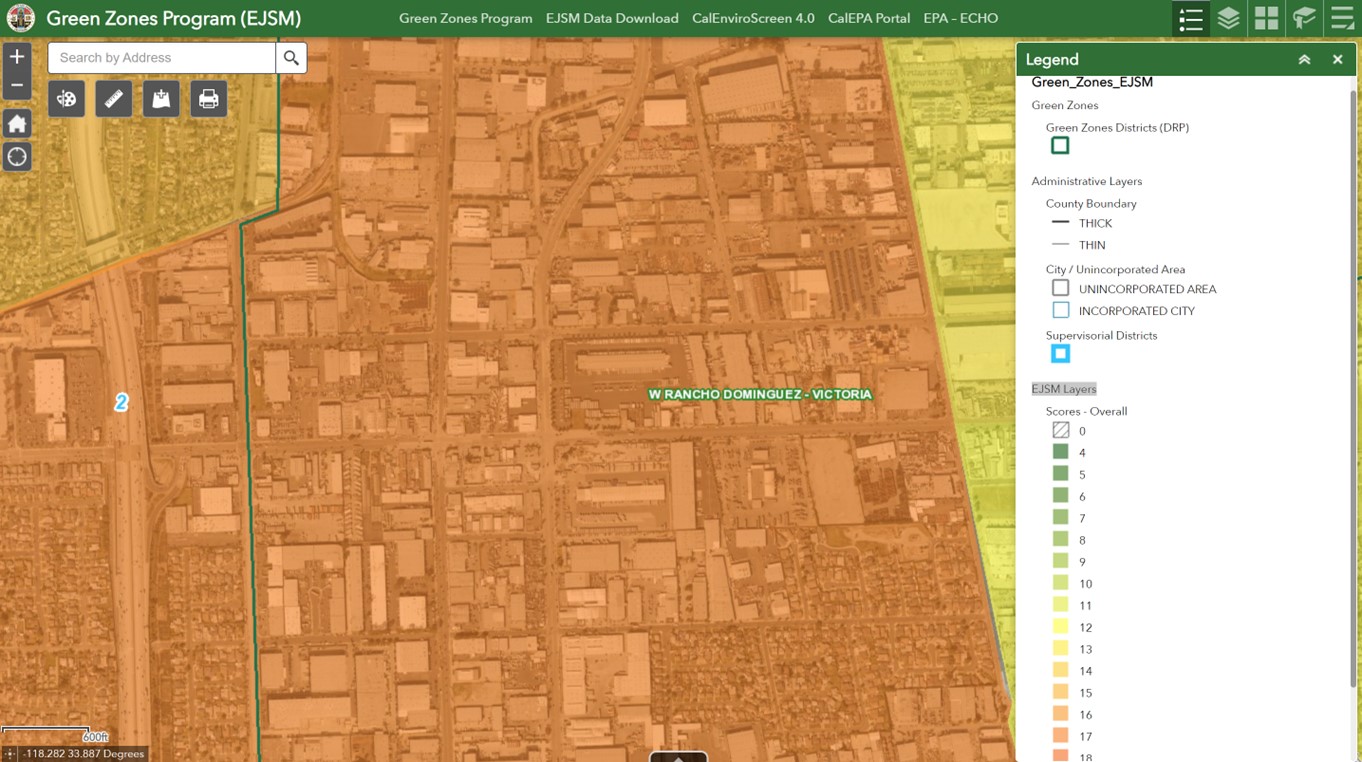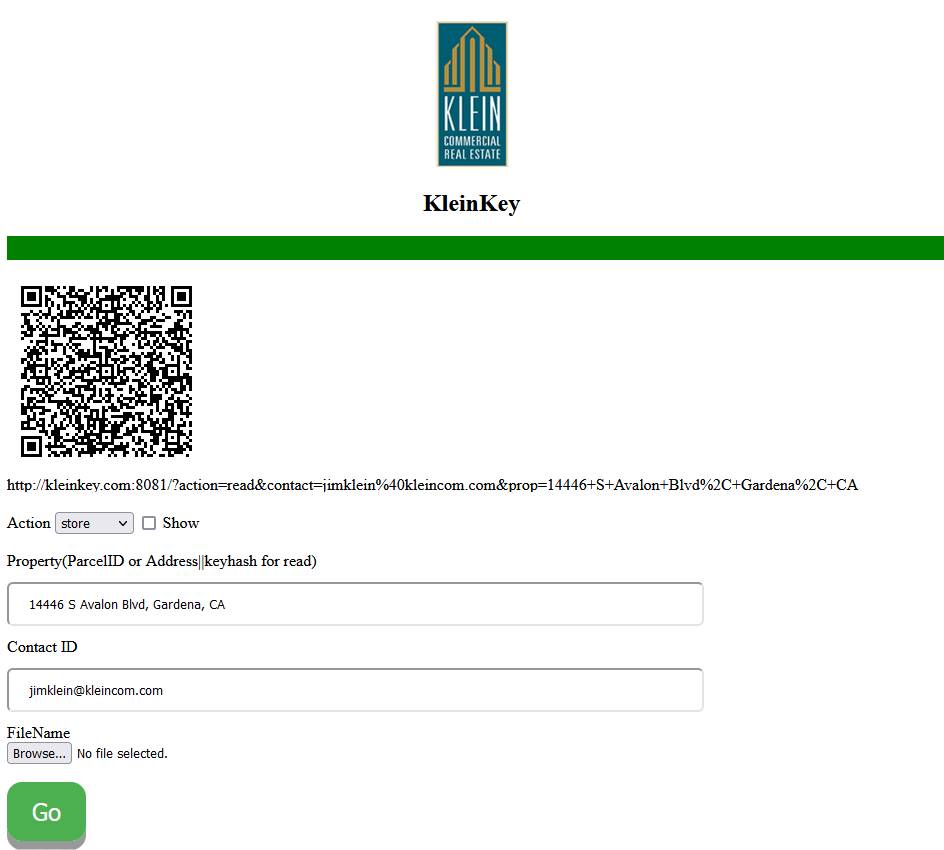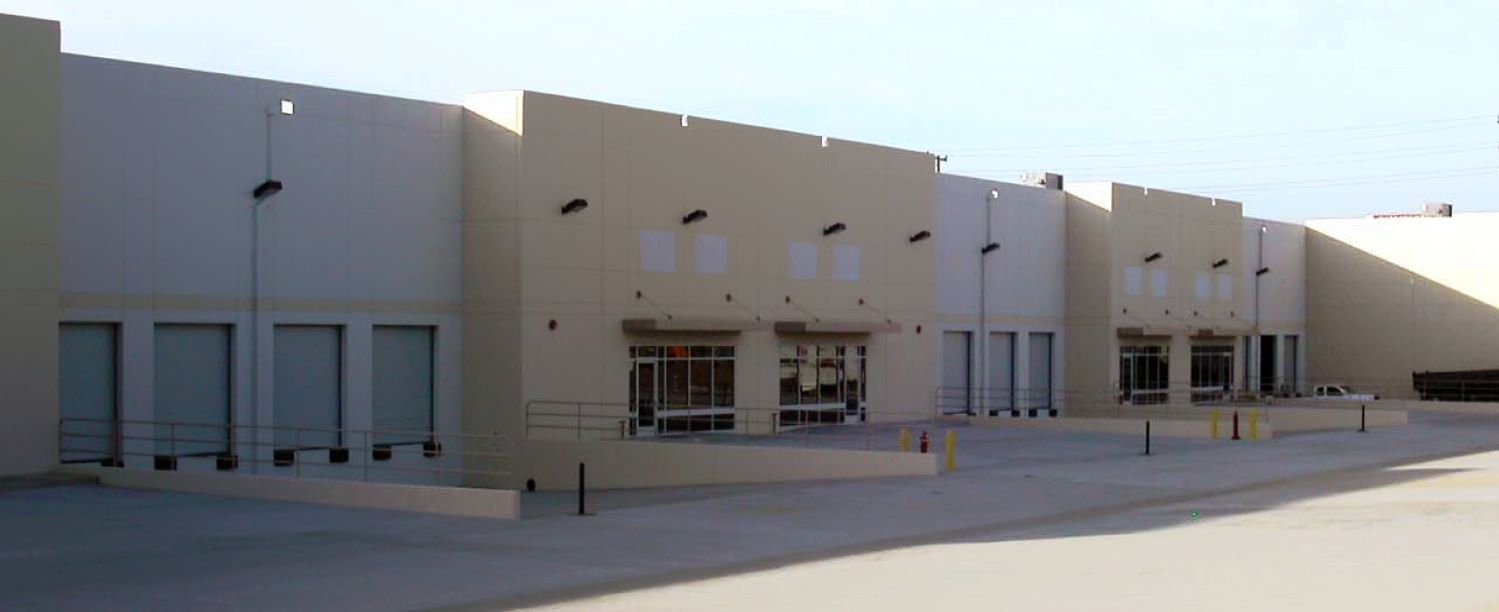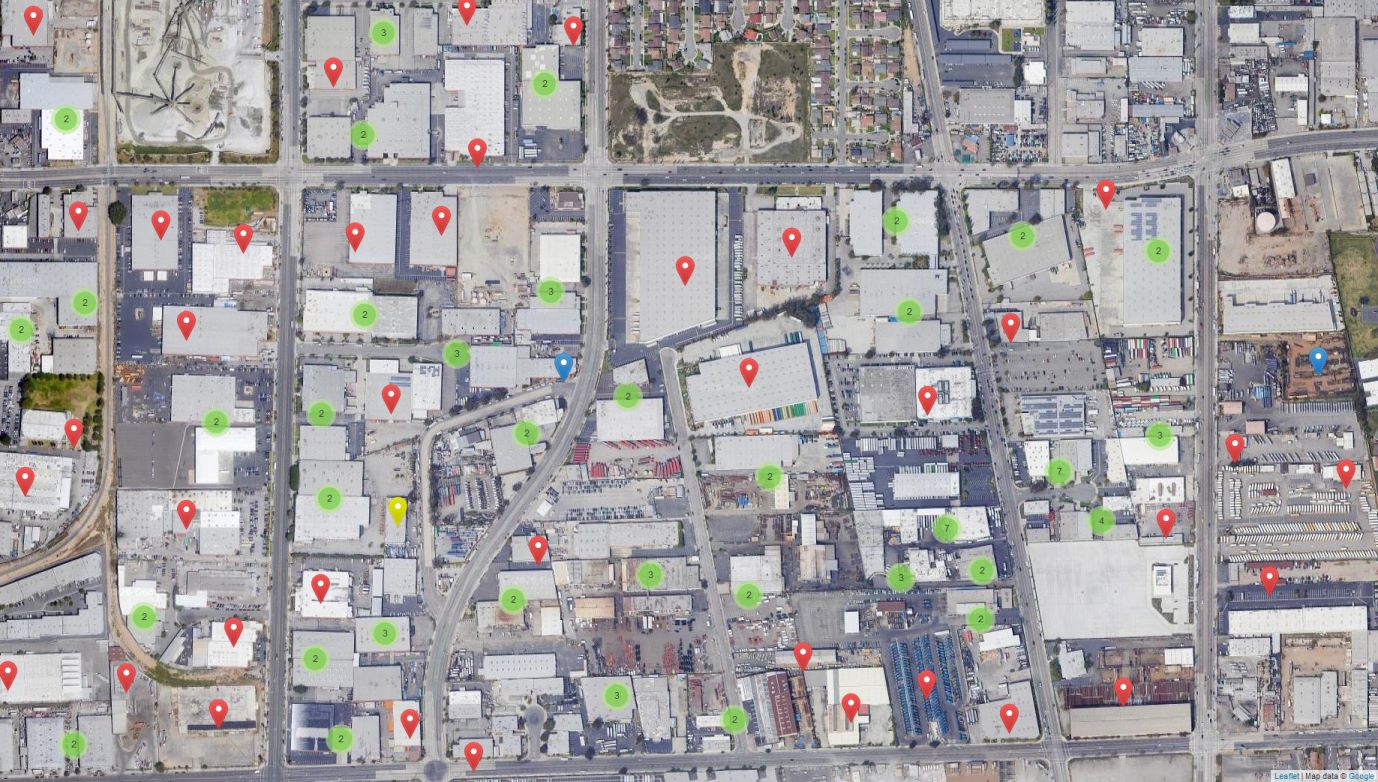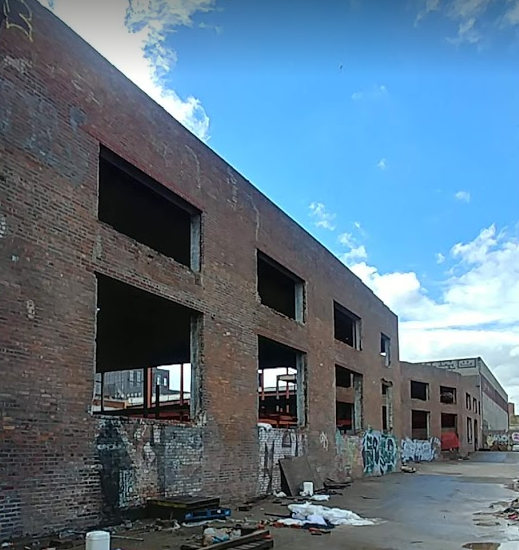Three Innovations for 2023
ChatGPT:
I could not start the year without acknowledging the tools that are currently available at Open AI. I’ve recently created a new FAQ page with the use of ChatGPT and Dall-E 2. It must have been under the wire before Google Search created new defenses against text bots. I received one solid lead from a company looking for 30,000 square feet because of the AI-generated explanation of my services.
Continue reading “Three Innovations for 2023”



